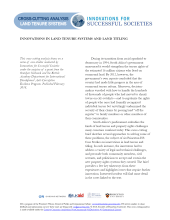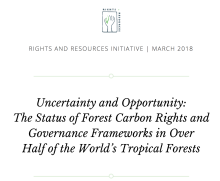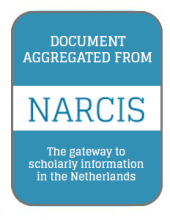/ library resources
Showing items 46 through 54 of 176.During its transition from racial apartheid to democracy in 1994, South Africa’s government announced it would strengthen the tenure rights of the estimated 16 million citizens who lived on communal land.
Most of the world’s remaining tropical forests lie in areas that are customarily managed and/or legally owned by Indigenous Peoples and local communities.
O objectivo deste estudo é analisar sistema legal fundiário angolano à luz das recomendações propostas pelas Directrizes Voluntárias Sobre a Governança Responsável da Posse de Terra, Pescas e Florestas no Contexto da Segurança Alimentar Nacional (VGGTs no seu acrónimo inglês).
...The main purpose of this paper is to examine legal measures taken to recognize
indigenous groups and provide for their ongoing operation; the paper starts, therefore, from an
underlying assumption that indigenous groups have continued relevance to the needs and wishes
ABSTRACT:
"Is there a ‘best practice’ model for the legal recognition of customary tenure?
If not, is it possible to identify the circumstances in which a particular model
would be most appropriate? This article considers these questions in the light
Summary: "This paper presents an overview of the distinctive
features of communal tenure in
different community-based land and natural resource
management systems. Communal
tenure refers to situations where groups, communities, or one or more villages have
Communal land is one of the land tenure systems in Namibia, the other being freehold land tenure system.
Pagination
Land Library Search
Through our robust search engine, you can search for any item of the over 73,000 highly curated resources in the Land Library.
If you would like to find an overview of what is possible, feel free to peruse the Search Guide.






